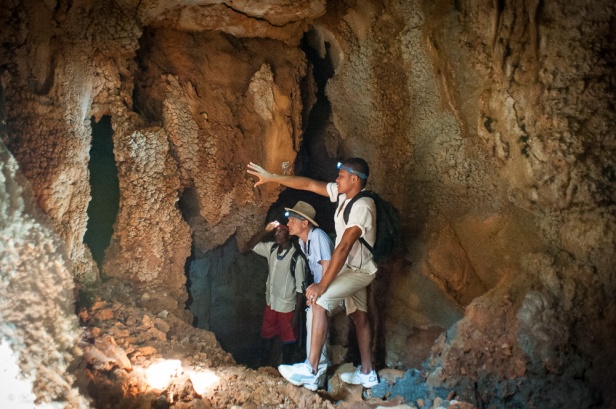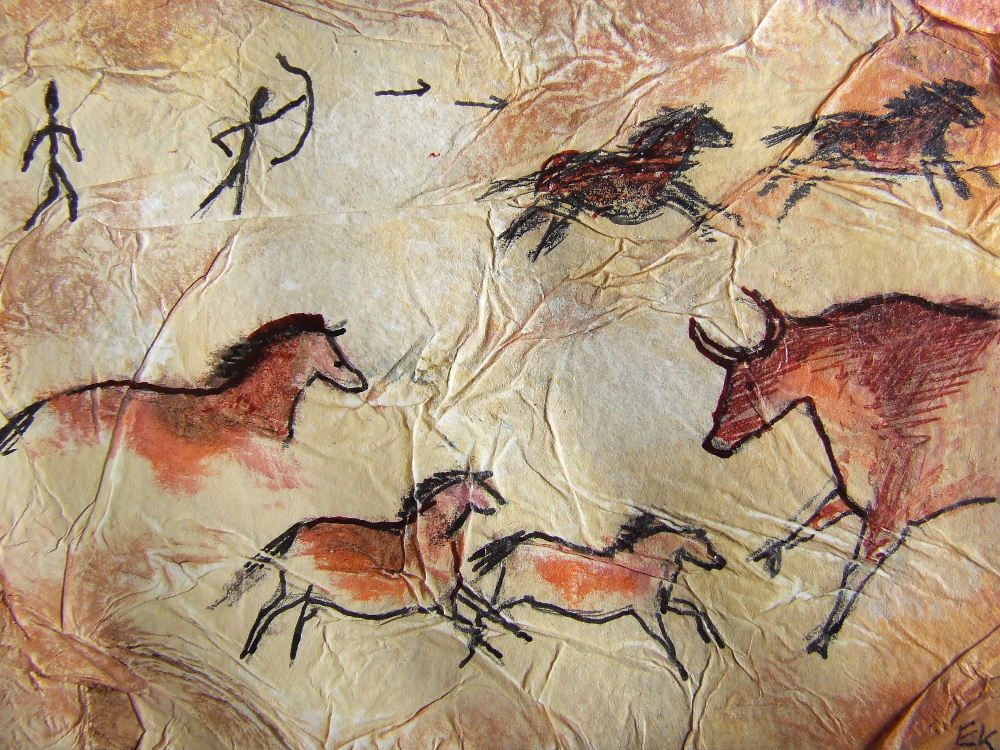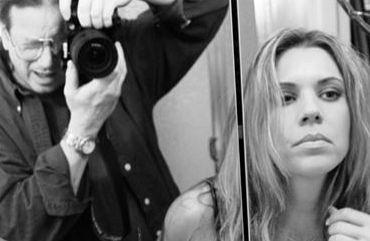By Bill Dobbins www.billdobbinsphotography.com

The most ancient cave paintings we are aware of are more than 40,000 years old. Exactly why our ancestors chose to make these paintings is a matter of speculation. Were the paintings on the walls of caves so difficult to access a kind of magic, a belief that depicting animals in deep, dark and often largely inaccessible caverns, was designed to help individuals have succeeded in the hunt? Were they offerings to give thanks for the taking of animal life? Did they have some other religious or spiritual purpose?
Whatever the reasons, the existence of these cave paintings should give modern photographers and other image makers the realization that “making pictures” is a very ancient and important aspect of human creativity. There is even some evidence that Neanderthals also participated in the making of art.
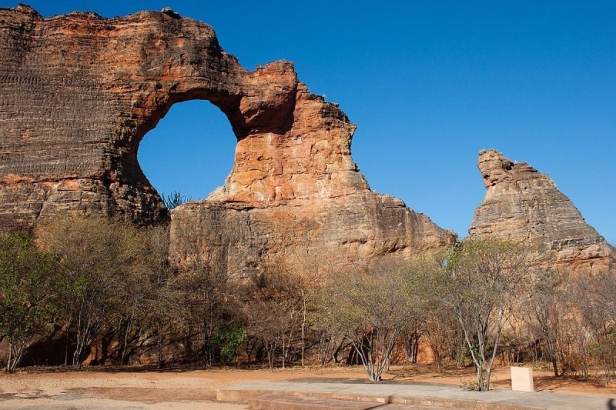

Cave paintings are a type of parietal art (which category also includes petroglyphs, or engravings), found on the wall or ceilings of caves. The term usually implies prehistoric origin, but cave paintings can also be of recent production: In the Gabarnmung cave of northern Australia, the oldest paintings certainly predate 28,000 years ago, while the most recent ones were made less than a century ago.[3]
The oldest known cave paintings are over 40,000 years old (art of the Upper Paleolithic), found in both the Franco-Cantabrian region in western Europe, and in the caves in the district of Maros (Sulawesi, Indonesia). The oldest type of cave paintings are hand stencils and simple geometric shapes; the oldest undisputed examples of figurative cave paintings are somewhat younger, close to 35,000 years old.[4] A 2018 study claimed an age of 64,000 years for the oldest examples of (non-figurative) cave art in Iberia, which would imply production by Neanderthals rather than modern humans.[5] In November 2018, scientists reported the discovery of the oldest known figurative art painting, over 40,000 (perhaps as old as 52,000) years old, of an unknown animal, in the cave of Lubang Jeriji Saléh on the Indonesian island of Borneo.[1][2] – Wikipedia

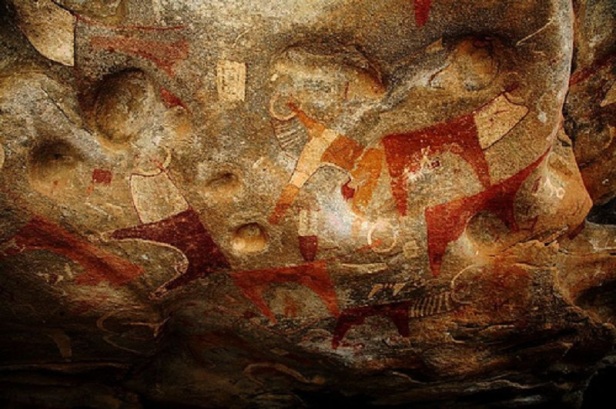
Nearly 350 caves have now been discovered in France and Spain that contain art from prehistoric times. Initially, the age of the paintings had been a contentious issue, since methods like radiocarbon dating can produce misleading results if contaminated by samples of older or newer material,[6] and caves and rocky overhangs (where parietal art is found) are typically littered with debris from many time periods. But subsequent technology has made it possible to date the paintings by sampling the pigment itself, torch marks on the walls,[7] or the formation of carbonate deposits on top of the paintings.[8] The subject matter can also indicate chronology: for instance, the reindeer depicted in the Spanish cave of Cueva de las Monedas places the drawings in the last Ice Age.
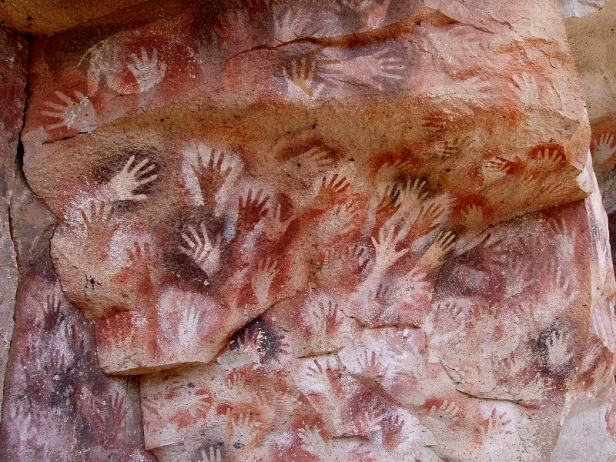

The oldest known cave painting is a red hand stencil in Maltravieso cave, Cáceres, Spain. It has been dated using the uranium-thorium method[8] to older than 64,000 years and was made by a Neanderthal.[5] The oldest date given to an animal cave painting is now a bull dated circa as over 40 000 years, at Lubang Jeriji Saléh cave, East Kalimantan, Borneo, Indonesia.[9] Before this discovery, the oldest known cave painting was a depiction of a pig with a minimum age of 35,400 years, at Timpuseng cave in Sulawesi, Indonesia.[4]

Several documentaries have been made showing the difficulties faced by these prehistoric artists. They frequently need to penetrate deep into cave systems, through narrow, dangerous passages, avoiding precipitous falls and watching out for cave-ins and falling rock. These caves were totally dark, so they needed some kind of torchlight to navigate into the cave systems and to illuminate the walls while they did their painting. Often the paintings are found much deeper into caves than what seems to be needed, meaning there was something significant about penetrating so deep into the earth to create this art.

Again, we can only surmise the significance of the art itself and where it was located in the minds of these ancient artists. But one of the most impressive aspects of these paintings is the skill of the artists themselves. Not only can the drawing be extremely well done and the color striking, but they were able to use and incorporate the natural contours of the rocks themselves in their illustrations. These artists were obviously not beginners but must have to spend conservable time developing their skills. These means the groups they were a part of gave them the time to practice these skills and must have supported them with food and resources. They may not have been “professional artists” in the modern sense, but they were obviously specialists at a time before modern agricultural civilizations allowed for a great deal of specialization.
******************************************************

The Women: Photographs of The Top Female Bodybuilders (Artisan) Modern Amazons (Taschen)
WEBSITES
BILL DOBBINS PHOTOGRAPHY www.billdobbinsphotography.com
BILL DOBBINS ART www.billdobbinsart.com
FEMALE PHYSIQUE SITES www.billdobbins.com
EMAIL: billdobbinsphoto@gmail.com
